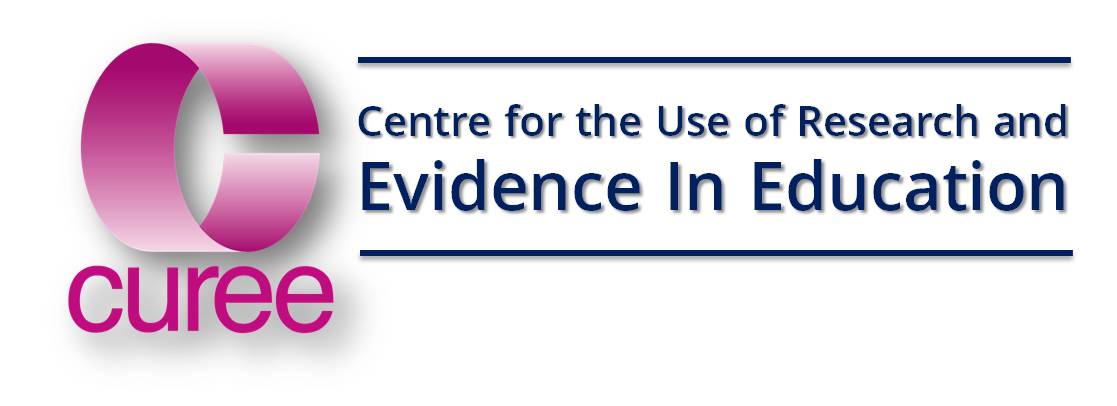The National Teacher Research Panel was set up about 15 years ago by CUREE supported by a group of national education agencies most of which no longer exist. It had three main goals:
- To ensure that all research in education takes account of the teacher perspective
- To ensure a higher profile for research and evidence informed practice in government, academic and practitioner communities
- To increase the number of teachers engaged in and with the full spectrum of research activity.
Over the several years of its existence, the Panel, supported by its expert advisers in CUREE, has helped and encouraged dozens of teachers and school leaders to do high quality but practical research. The Panel also helped them report their findings succinctly, in plain English and focused on relevance to other practitioners. This is one such example of that work.
growing number of pupils, including primary school pupils, who are permanently excluded from school. The authors recognised the position of many teachers whose unions were demanding protection for their members and for pupils by excluding unruly pupils from mainstream schools. The authors believed that many teachers did not see exclusion as an acceptable solution to the problems posed by the most challenging students. These teachers were looking for alternative solutions which nevertheless dealt effectively with their concerns about antisocial and disruptive behaviour.In this study the authors' concern is not just with formal exclusion but with pre-empting it. In this context the focus of their research is on the identification and development of processes that counteract the forces that seem to propel pupils, not only towards formal exclusion, but also to exclusion from the normal social and educational life of the school. This broad definition of exclusion includes pupils who are not disruptive but who are passively disengaged from the education process, described by Pye (1988) as 'invisible' and by others, such as Oakley (2001) as 'Rhinos' (really here in name only). The study was aimed at generating the understanding and practice that could contribute to positive change in the schools involved in the project. The authors wanted to know how these schools viewed the problem of exclusion and what they were doing about it. The case study evidence was at least as strong in identifying difficulties in tackling exclusion as in effecting change. The authors therefore offer both detailed information about possible solutions and about obstacles that may well need to be tackled by teachers as they use and interpret this research.
File attachments:
Document section:
